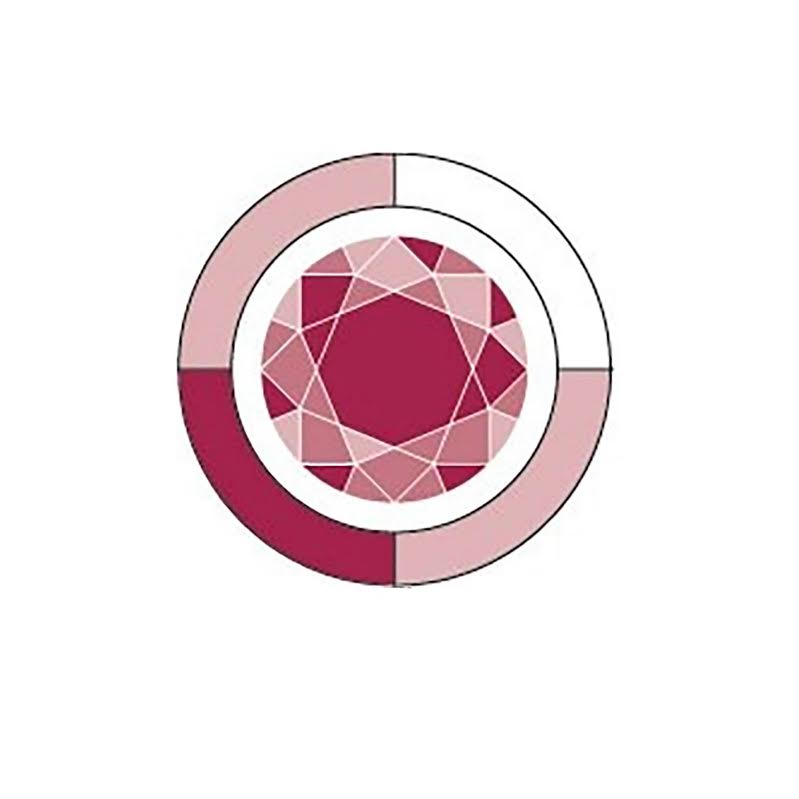Is your private health insurance getting more expensive every year? This could be the sneaky reason why…
The government has once again quietly sought to freeze the private health insurance income thresholds for the private health insurance incentive, this time for another 2 years with indexation of the thresholds to start up again from 1 July 2023.
By way of background, the income thresholds for private health insurance was originally meant to be indexed, since the government implemented the freezing of indexation, the income thresholds have remained at 2014-15 levels for the various tiers. While the rebate percentages were adjusted annually, the rebate percentage for the current year remained the same as in 2019-20 year.
What it means for individuals and families with private health insurance is that the rebate adjustment factor will remain the same as in the 2019-20 income year translating into a real-life cut. This will be the case until the government completes its review into the “MLS [Medicare Levy Surcharge] Policy Settings”.
According to the Commonwealth Ombudsman, private health insurance for a basic (Bronze) hospital cover plus extras for 2 adults and 2 young children range from $300 to $600 per month for the current year. Going with an average figure of $450 per month, the annual cost of the insurance would equate to roughly $5,400. Assuming the adults are under 65 and earning less than $180,000 as a family, the rebate on the premium would be: $5,400 x 25.059% = $1,354
If the family applies the rebate in the form of reduced premiums it would mean that instead of paying $450 per month they would only pay $337 per month for their cover. However, because indexation is frozen until 1 July 2023, if private health insurance prices increase next year in line with previous average increases, the same family earning the same amount of money will end up paying more for their private health insurance as the rebate percentage will stay the same.
The average 2021 price increase for health insurance premiums was 2.74%, which was the lowest increase since 2001. Most large insurers increased their prices above the average rate with the maximum increase by a fund listed as 5.47%.
According to some figures, health insurance premiums have increased by 57% in the last decade, while CPI (inflation) has only grown by 20%. Extending from the above example, if the average price of $450 per month increases by say 5% for 2022, the family will be paying $22 extra per month before the rebate. The total annual premium will be $5,670 and the rebate on the premium would be: $5,670 x 25.059% = $1,420
Again, if the hypothetical family applies the rebate in the form of reduced premiums, they will end up paying $354 per month in 2022, which equates to $17 a month extra for the same policy with the same benefits, while they are earning substantially the same amount due to stagnant wages growth. Remember this simple calculation doesn’t take in the fact of singles or families moving between tiers which would reduce their rebate even more.
Interested in reading our other articles then head over to and choose something that interests you at https://www.garnetaccounting.com.au/articles/


